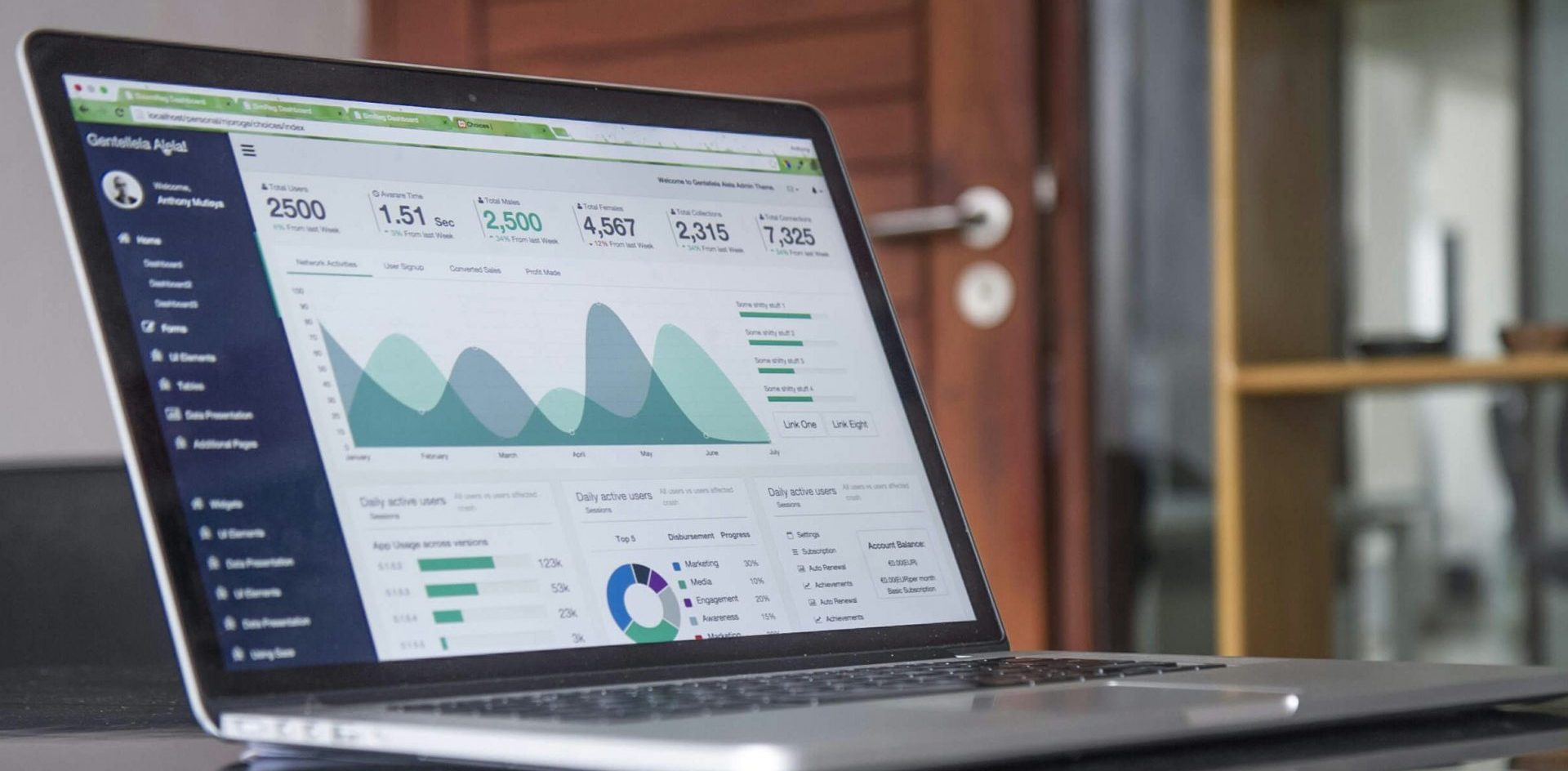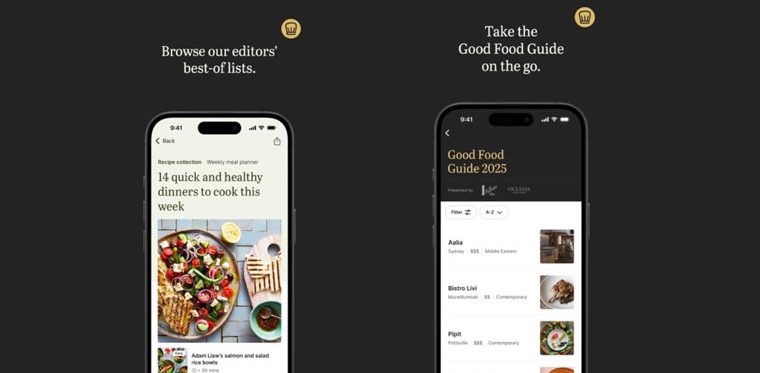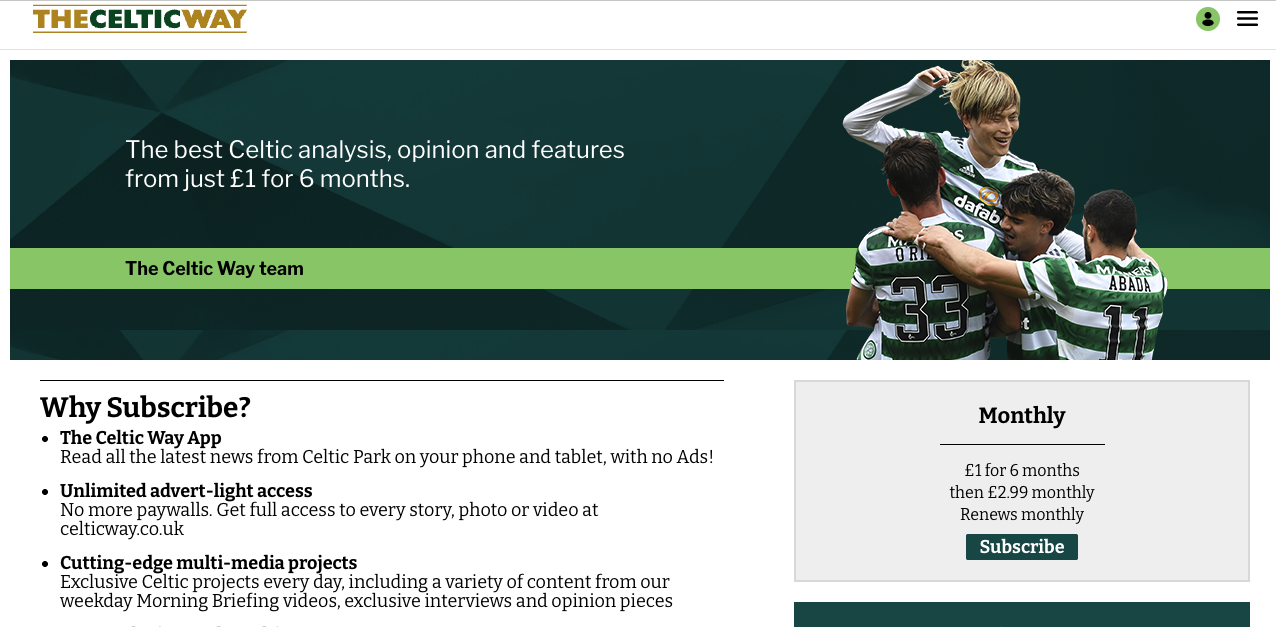
Newsletter
Newsletter
Data-driven products, personalisation and ad targeting are allowing publishers to deliver better user experience and higher revenue.
9th August 2024

In our latest State of Mobile Publishing report, almost 80% of the publishers we surveyed said that first-party data was either very or extremely important. Almost all publishers have shifted from a focus on scaling anonymous audiences to engaging a smaller but known audience. By increasing the amount of data they have about their audiences, publishers can develop better products and deliver more relevant content, experiences and advertising. All of this translates into higher revenue and retention and more resilient media businesses.
Changes in audience acquisition and monetisation are driving the shift in focus to first-party data and owned audiences. Publishers told us in a survey for the State of Mobile Publishing Report that audience growth was becoming more challenging as audiences suffered “subscription fatigue”. Moreover, research has found the cost of acquiring new subscribers has increased with rising subscription competition, not just in publishing but in music and video streaming, along with other services that tapped into the same model during the pandemic.
Building a deeper relationship with an existing audience is essential. Central to that is the ability for a publisher to understand more about their users through data. The other selling point of first-party data capabilities is they benefit publishers at all levels from local to national.
As publishers and broadcasters have become more sophisticated in their operations, they have begun to make an important distinction in the types of data they have about their users, talking not just about first-party data but also zero-party data:
For example, when users engage with push notifications, you can capture zero-party data through a preference centre, which allows users to choose the topics they want to receive push notifications about. And you receive first-party data based on the content that the user looks at when they open a push notification.
Both types of data are useful, and being able to tie digital activity and interests to a specific user delivers values both from registered and subscribed users.
Zero- and first-party data can deliver more relevant content, newsletters and advertising to audiences, Puneet Gupt, COO of Times Internet told INMA’s South Asia News Media Festival.
A third of customers have ended a relationship with a company because their experience was not personalised enough, according to research from Accenture. First-party can deliver a much more personalised experience for audiences, Sumeet Singh, CMO of Info Edge India said.
First-party data means the difference between “effective and defective advertising”, according to Karan Grover, lead director of inventory development at The Trade Desk in India.
“Advertisers today value data so much that they are willing to pay a premium for it, but the point is there has to be more than enough content signals coming in, flowing into our platform,” she added. To deliver advertising that is relevant to audiences and valuable to the advertiser, publishers need to connect data with a user ID.
In an era with tremendous downward pressure on ad returns, zero- and first-party data is proving critical to the revenue operations of publishers and broadcasters. Bloomberg has been incredibly successful leveraging their wealth of first-party data to increase their advertising returns. They have segmented their audience into three buckets: anonymous, known and known+. The difference between known and known+ is based on the amount of first-party data that they have about a user.
Their focus on owned data has allowed them to make decisions that deliver more relevant content and advertising and improve the user experience of their digital properties. In 2023, they eliminated third-party programmatic ads and stopped their use of content recommendation vendors like Taboola.
“Many publishers have arguably become addicted to their rev share agreements with the likes of Taboola and Outbrain. Together they pay out hundreds of millions of dollars to pubs every year in exchange for placing native ads (aka chumboxes) on their websites,” Allison Schiff of adExchanger wrote.
For volume publishers looking for revenue to offset declining display CPMs, they have been a godsend. However, Google punished publishers using low-quality content recommendation mercilessly with their Helpful Content update in March. We heard reports of some publishers seeing 60% of their search traffic evaporate overnight, with these ‘chumboxes’ being the most likely culprit. Google was open, transparent and blunt about this risk, saying this update was developed to tackle “spammy, low-quality” results in search.
Christine Cook, Bloomberg Media’s global CRO, told Allison their audience isn’t coming to their site to “get bounced out to some other content” and that it provided a cleaner experience for their users.
The other benefit from first-party data was that it provided a significant uplift, 20%, for their advertising CPMs.
Bloomberg is a major global publisher with more than half a million digital subscribers and significant resources to develop their data capabilities. Working with publishers at all levels of the business from local to international, at Pugpig we are quite keen to highlight strategies that scale down to local as well as deliver success for these “winner take most” national and international brands.
For local publishers, the ability to deliver relevant content by leveraging zero- and first-party data is proving critical to their success.
Glen Hale, vice president of digital content and audience development at Gray TV, provided a wonderfully simple example – the weather – at an Arc XP Connect event hosted by INMA. In the US, weather can be more than an inconvenience because tornadoes and hurricanes can be deadly. Glen told the event that “weather is a big deal for us” and pointed out that some of their weather apps get more usage than their news apps. This highlighted the importance of not only serving relevant information to the user but also doing it at the moment in time in which they need it most.
Gray TV’s ability to know the area the user was interested in was essential to enable a usable experience. This could be achieved by using location device data, with a user’s opt-in, or through a search function. Regardless, first-party data is key.
For the Atlanta Journal-Constitution, a local focus was also essential to their offering, Zack McGhee, chief product officer at The Atlanta Journal-Constitution said. By being rooted in Atlanta they had a USP with their audience that national titles cannot replicate as effectively. Their use case for first-party data was, therefore, more focused on understanding a user’s interests and serving experiences with the “lens of ‘what does this customer want from us’”.
This reflects a major shift in thinking at the newspaper. With social and search not delivering the traffic or the revenue to sustain their business, they are no longer platform-agnostic and instead are focused on their products, Zack said. When they were focused on third-party platform distribution, they allowed valuable first-party data to “leak into the open ecosystem and diminish the value of unique content”, Dorinne Hoss, the head of marketing for Arc XP wrote for INMA.
The focus on data from and about users is helping publishers navigate the “shifting revenue landscape”. Ultimately, by owning more data about their users, they can generate more revenue from a smaller, but more highly engaged and deeply understood audience.
Here are some of the most important headlines about the business of news and publishing as well as strategies and tactics in product management, analytics and audience engagement.

Newsletter

Newsletter

Newsletter

Newsletter

Newsletter